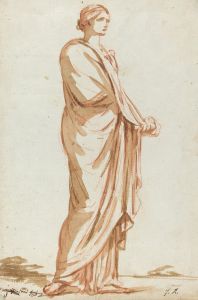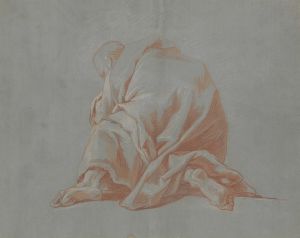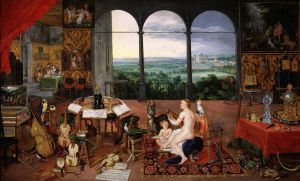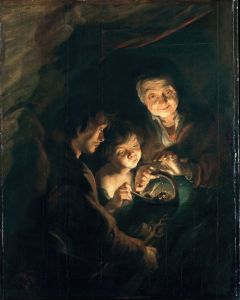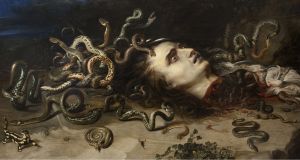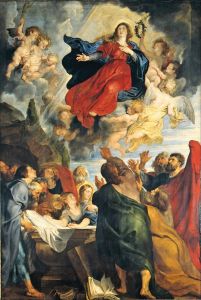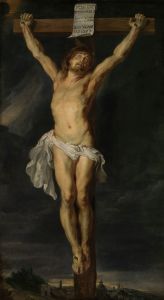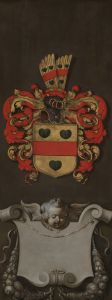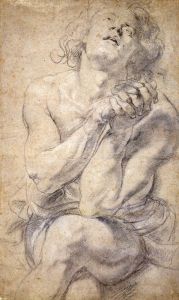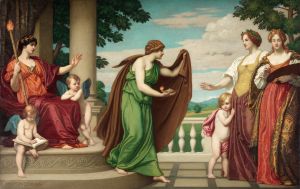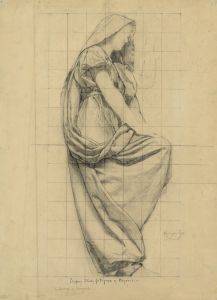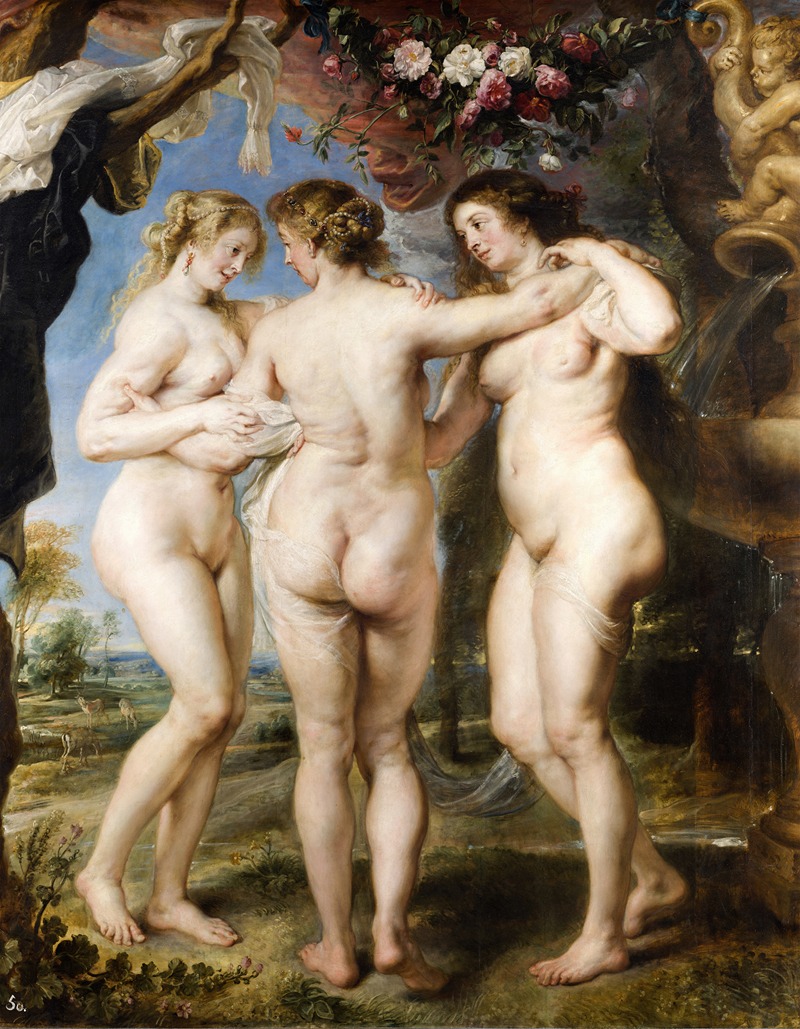
The Three Graces
A hand-painted replica of Peter Paul Rubens’s masterpiece The Three Graces, meticulously crafted by professional artists to capture the true essence of the original. Each piece is created with museum-quality canvas and rare mineral pigments, carefully painted by experienced artists with delicate brushstrokes and rich, layered colors to perfectly recreate the texture of the original artwork. Unlike machine-printed reproductions, this hand-painted version brings the painting to life, infused with the artist’s emotions and skill in every stroke. Whether for personal collection or home decoration, it instantly elevates the artistic atmosphere of any space.
The Three Graces is a celebrated oil painting by the Flemish Baroque artist Peter Paul Rubens, completed around 1630–1635. The artwork is widely regarded as one of Rubens' masterpieces and exemplifies his distinctive style, characterized by dynamic composition, vibrant color, and a focus on the human form. The painting is currently housed in the Museo del Prado in Madrid, Spain.
The subject of the painting is the Three Graces, figures from classical mythology who personify beauty, charm, and grace. Known as Aglaea, Euphrosyne, and Thalia, they were traditionally considered attendants of Venus, the goddess of love. In Rubens' depiction, the three women are shown standing together in a harmonious and intimate pose, with their arms intertwined. The central figure is depicted with her back to the viewer, while the other two face forward, creating a sense of movement and balance within the composition.
Rubens' portrayal of the Three Graces reflects his admiration for the human body, particularly the female form. The figures are rendered with soft, rounded contours and glowing skin tones, emphasizing their sensuality and vitality. This approach aligns with Rubens' broader artistic philosophy, which celebrated natural beauty and the physicality of the human figure. The painting also demonstrates Rubens' mastery of light and texture, as seen in the luminous quality of the skin and the delicate rendering of the drapery and background.
The Three Graces is believed to have been painted during Rubens' later years, a period marked by personal happiness and professional success. At this time, Rubens had retired to his estate in the countryside near Antwerp, where he focused on creating works that reflected his artistic ideals and personal tastes. Some scholars suggest that the painting may have been inspired by Rubens' second wife, Hélène Fourment, who often served as a model for his works and whose features are thought to be echoed in the figures of the Three Graces.
The painting's background features a lush, idyllic landscape, which enhances the sense of timelessness and harmony. This setting is typical of Rubens' work, as he often incorporated elements of nature to complement his mythological and allegorical subjects. The combination of the figures and the landscape creates a composition that is both elegant and evocative.
The Three Graces has been praised for its artistic excellence and remains an enduring example of Rubens' ability to blend classical themes with his own Baroque sensibilities. It continues to be a focal point of study and admiration for art historians and enthusiasts alike.





